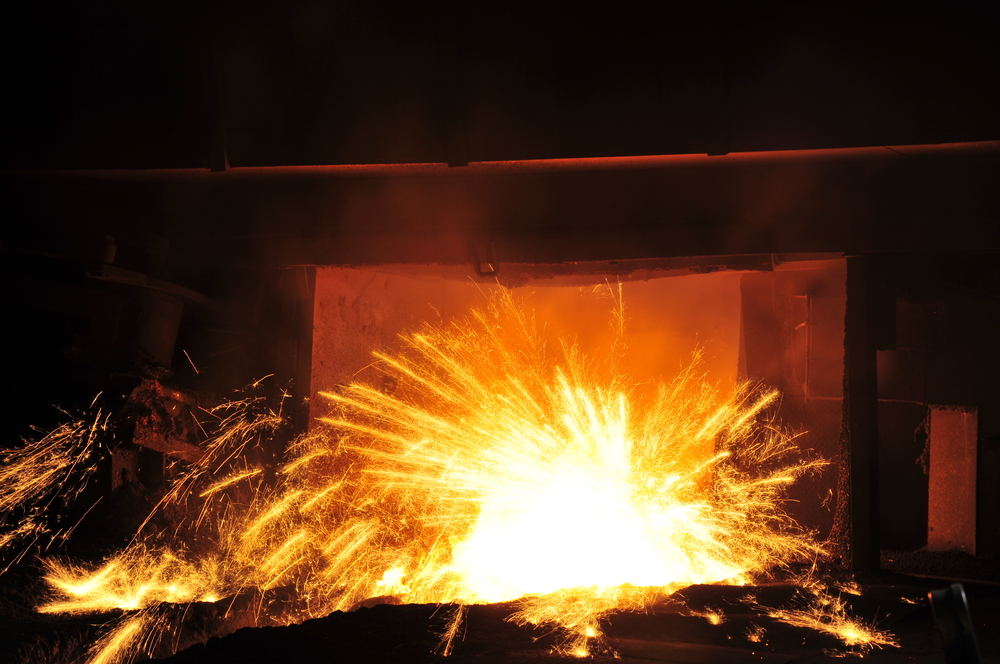Checking in on China’s Rustbelt

Please note that we are not authorised to provide any investment advice. The content on this page is for information purposes only.
Northeast China is under heavy pressure to reduce overcapacity. As the economy is rebalancing, so must “China’s Rustbelt.” But how?
In the next five years, China’s steel sector should reduce capacity by 100-150 million metric tons, while the coal mining sector will cut capacity by 500 million tons, with another 500 million tons to be restructured in the following 3-5 years.
Northeast China is under heavy pressure to reduce overcapacity. As the economy is rebalancing, so must “China’s Rustbelt.” But how?
In the next five years, China’s steel sector should reduce capacity by 100-150 million metric tons, while the coal mining sector will cut capacity by 500 million tons, with another 500 million tons to be restructured in the following 3-5 years.
As world trade has collapsed, export-led growth is out of the question. Due to secular stagnation, advanced economies can no longer absorb available exports nor can they invest as much as before.
Nor will things get better anytime soon. Recently, Chinese steel prices experienced a short-term rise and market conditions are expected to improve after the shutdown of steel factories. Yet, a full recovery for the global steel industry may take a few years.
Northeast’s Challenges
Northeast China comprises the provinces of Liaoning, Jilin and Heilongjian. It is China’s industrial base. In the early 2000s, the government’s “Revitalize the Northeast” campaign sought to turn the region into an economic growth engine.
More recently, the rebalancing of the economy has been shifting growth momentum away from the heavy industry toward consumption and innovation – which means diminishing prospects in the Northeast.
Some observers call Northeast China’s “rustbelt.” In the US, the belt refers to several states from New York to Michigan. It gained popularity in the 1980s, with economic decline, population loss and urban decay, due to the shrinking of its once powerful industrial sector.
There are some parallels between the US Rustbelt and Northeast China. However, differences abound. By the early 1980s, the US was already a major advanced economy with high living standards. Industrialization had been completed decades before. Services dominated employment. Finally, outsourcing and offshoring made possible the “race for the bottom,” at the expense of domestic labor.
In China, the differentiation of regional economies is still accelerating. Average living standards remain relatively low. Industrialization continues in many provinces. Urbanization will remain significant another 10-15 years. The transition to services has only begun. Finally, through its stakes in the state-owned enterprises (SOEs), the central government can still play a major role in shaping the transition.
In other words, China’s rustbelt has legitimate hope, but only with right policies.
Transitional Pain
If current overcapacity were reduced by 30 percent in targeted sectors – steel, coal mining and cement – these cuts would translate to layoffs of up to 3 million workers in the coming 2-3 years. In 2015, 13.1 million new urban jobs were created in China and this year’s target is 10 million. If a significant majority of the jobless in the Northeast can be re-employed, the regional economy would prove resilient.
In the coal and steel sectors, the government will allocate $15.4 billion in the next two years to help laid-off workers find new jobs, particularly in the service sector. In the short-term, the workers’ training, re-skilling and fiscal support can alleviate some of the transition pain.
While restructuring the SOEs will reduce their work force, it will also contribute to the creation of new firms that will offer new job opportunities. As China moves toward a more entrepreneurial economy, government is encouraging start-ups, particularly in new and emerging industries, which could help younger employees.
Channeling the right support to the right targets requires successful planning and integrity. Consequently, misleading accounts – including the recent case about the plight of coal miners in Heilongjiang – underscore the importance of the ongoing anti-corruption struggle at all levels.
All efforts to promote productivity and upgrade innovation in the Northeast’s business environment are needed, including increasing efforts to attract domestic and foreign anchor companies, homegrown talent, accelerated foreign direct investment, greater ease in doing business, including easier cross-regional labor flows. In this process, small-and-medium size companies should play a vital role because they are more labor-intensive.
Tough, but feasible
Internationally, the One Road One Belt Initiative can support both China and its trade partners, including its neighbors in the northeast. As these countries continue to industrialize and urbanize, they need more infrastructure and upgraded industrial structures that China can provide.
Despite the challenging transition, the alternative – following old policies in the ‘new normal’ – would be far worse. It would bankrupt the SOEs, wreck their banks, demolish jobs, and devastate regional economies. Reforms are critical.
While policymakers believe that the Chinese economy is able to create more jobs to absorb laid-off workers, the task won’t be easy. However, it is feasible.
Overcoming the challenges of China’s northeast is republished with permission from The Difference Group




